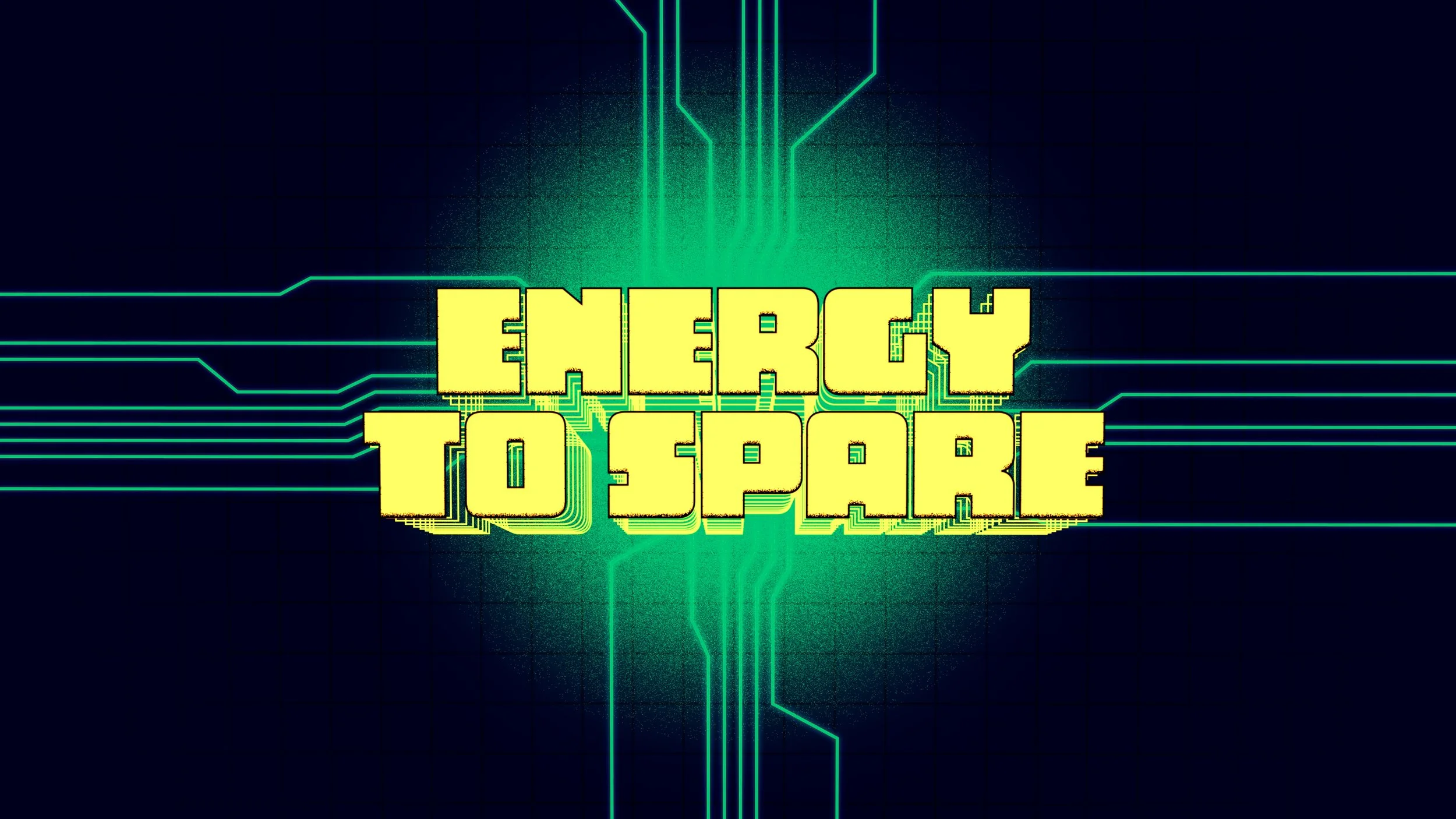CLASSROOM FILM
COSMIC BOWLING
Electrifying high school students with battery chemistry
ROLE: DIRECTOR / DP / EDITOR / PRODUCER
Every year, millions of teenagers shuffle into chemistry class to learn about the building blocks of the universe. While some absorb concepts like periodicity and chirality with ease, others struggle, asking the age-old question: “When will I ever use this in real life?”
Successful chemistry teachers need to spark curiosity and show their subject’s relevance. Chemistry Shorts, a web series commissioned by the Camille and Henry Dreyfus Foundation, offers a playful entry point. Each episode features a prominent scientist using chemistry to address the world’s biggest challenges.
In 2024, I directed an episode featuring Dr. Maher El-Kady’s work on next-gen battery technology.
Challenges
Dry material: Although most of us rely on batteries every day, they aren’t inherently gripping. How could we make this video fun to watch?
Nanoscopic subject: Filming individual molecules inside a battery is impossible. How could we show these concepts without over-relying on animation?
Goldilocks problem: Battery chemistry is advanced for high schoolers. How could we balance depth and simplicity to keep our audience interested?
Providing context: Understanding new technology requires a baseline knowledge of existing tech. How could we establish the context for Dr. El-Kady’s research?
Exploration and Solutions
Choose a Focus
Among dozens of battery types, we focused on the lithium-ion battery, which most high schoolers use daily in their cell phones. While popular, lithium-ion batteries are expensive and prone to explode if damaged. Dr. El-Kady’s research highlights a promising alternative: zinc, a cheaper and safer element.
Our narrative structure took shape early on:
As the world transitions to renewable energy, we’ll need bigger, better batteries.
And lithium-ion batteries are currently one of the best options.
But they have major drawbacks.
Therefore, Dr. El-Kady is developing a better solution using zinc.
Find a Visual Metaphor
Batteries work by sending electrons from the negatively charged anode to the positively charged cathode through an external circuit. To show this, we used cosmic bowling as a visual metaphor. The bowling ball represents the electron, rolling from the bowler (anode) to the pins (cathode) along the lane (circuit).
This metaphor evolved to highlight zinc’s advantages. In the bowling alley, Maher and his team portrayed rival bowling teams:
As lithium, they carried one bowling ball each.
As zinc, they carried two, symbolizing zinc’s ability to transfer two electrons per molecule.
Write the Script
I wrote a visual outline describing the chemistry concepts and corresponding imagery.
After the client approved, I wrote a full script with action descriptions and imagined dialogue.
The bowling metaphor became the film’s backbone, emphasizing zinc’s advantages through playful competition with lithium.
Plan the Shoot
With the script approved, I rewrote the dialogue into interview questions and broke the action descriptions into a detailed shot list. One of the biggest challenges was staging the sight gag: two rival bowling teams played by the same people. Drawing inspiration from The Big Lebowski, I used shot-reverse shot and intense eye contact to emphasize the rivalry.
Location scouting revealed a new constraint: my budget only allowed four hours at the most affordable bowling alley near UCLA. To make the most of this limited time, I adapted my plan:
Costume design: Both teams wore identical black outfits with swappable neon accents and name tags, minimizing wardrobe changes.
Lighting setup: For the key light, I rigged a Falcon Eyes LED Panel to a boom arm on a rolling stand, allowing us to quickly reposition for different shots without re-rigging.
Post-Production
After we wrapped, I imported the footage into Premiere, transcribed Dr. El-Kady’s interview, rewrote the script with his dialogue, and arranged the relevant bites in a “radio edit.” Since this film was functionally an explainer video, I let my music choices set the pace.
Next, I built the visuals, leaving gaps where animation seemed necessary. Once the timing felt right, I sketched rough storyboards, using principles of continuity to transition between animation and live-action footage. I sent these to the animator, who drew much nicer versions for client review.
At picture lock, I shifted to sound design while the animator finalized their work. Drawing inspiration from the neon palette of the bowling alley, we leaned into a poppy, electric style, incorporating zaps and other playful effects.






Collaboration
This project was a team effort:
Alex Dainis (Dreyfus): As our project EP, Alex coordinated reviews to ensure our film aligned with the client’s goals.
Dr. Maher El-Kady and his team: Provided subject expertise and fully committed to the bit. (Thanks for trusting me!)
Matthew Busch & Christian Healy: Assisted with on-set operations and B-roll.
Tal Ornsby & Krista Stonedahl (Root House): Created the animations.
Stephen Derlugian: Elevated the footage with a stunning color grade.
Nate Dappen: Guided creative decisions and let me detonate a lithium-ion battery in his driveway.
Results
The final film, titled Energy to Spare, premiered on the Chemistry Shorts YouTube channel on February 18th, 2025. It has since been viewed 143,000 times.













